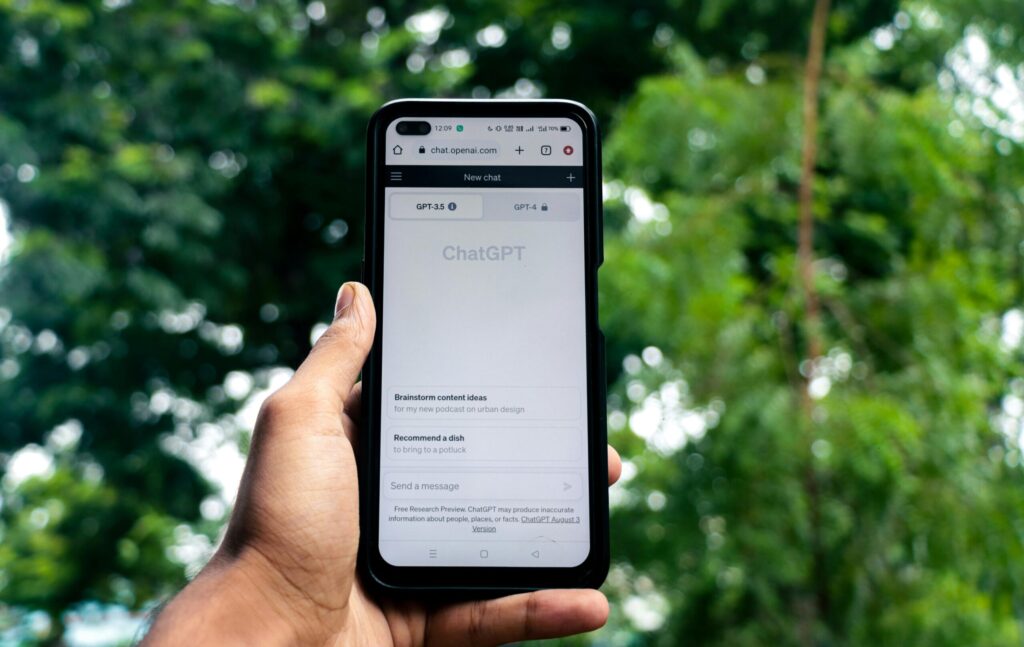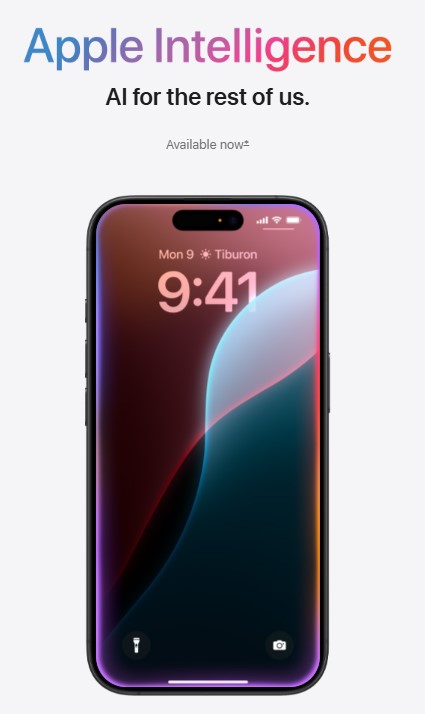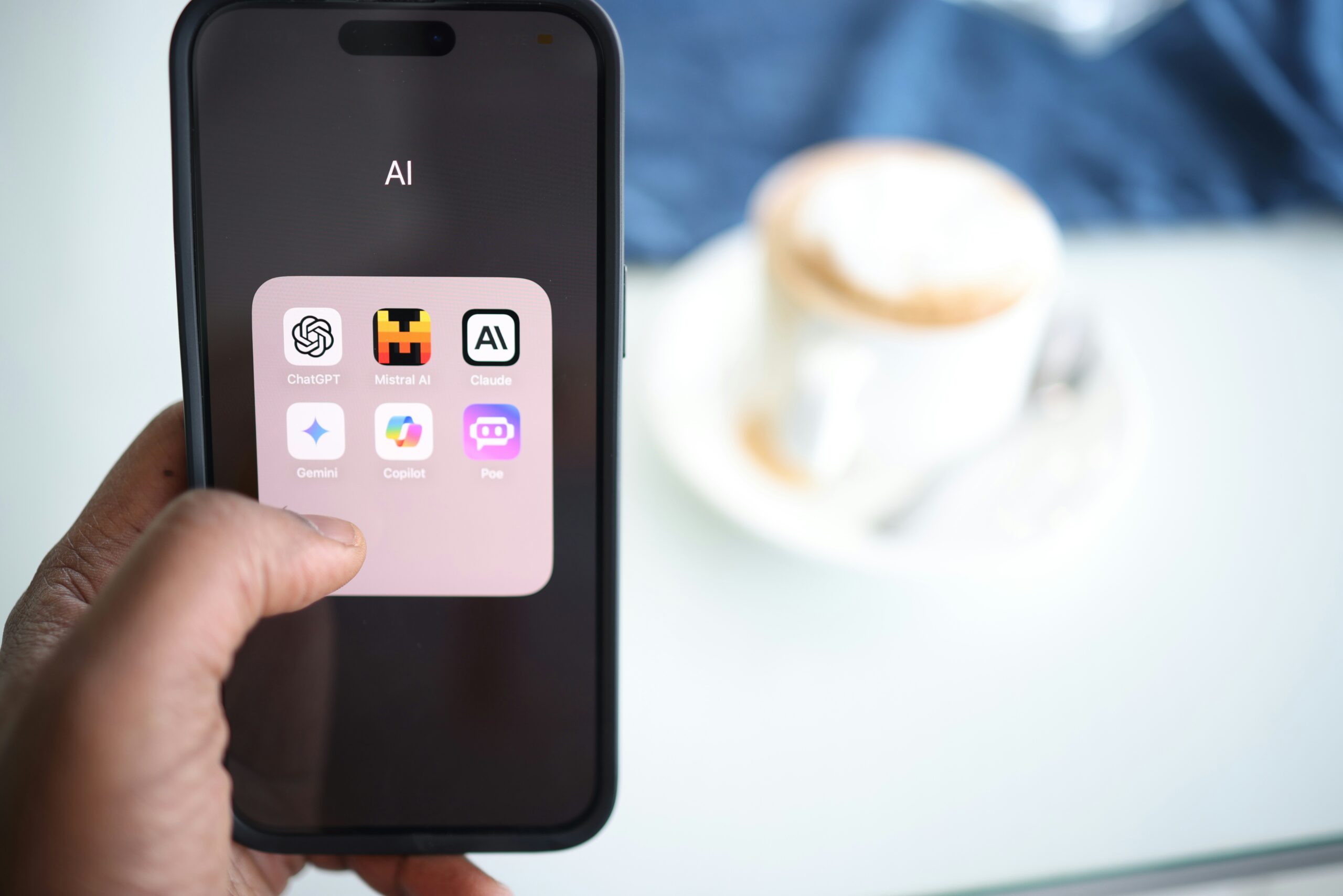9 Top AI Trends to Watch in 2025
If 2023 and 2024 were the warm-up acts, 2025 is shaping up to be AI’s headlining tour. Artificial Intelligence has moved from experimental to essential, with advances that feel like science fiction—except they’re very real, and they’re happening now. Whether you’re in tech, healthcare, marketing, or just trying to make sense of your smart assistant’s new voice, these trends show that AI isn’t just evolving—it’s growing up fast.
Let’s dig into the top AI trends to watch in 2025, based on insights from leading thinkers and some seriously cutting-edge tech developments.
1. ChatGPT-4o: Smarter, Faster, More Human

OpenAI’s ChatGPT-4o (the “o” stands for omni) is making waves in 2025 for good reason. This multimodal model can process text, audio, and visual inputs, allowing for more natural, human-like interactions. It’s not just more accurate—it’s faster, more responsive, and better at understanding tone, emotion, and context.
Why does that matter? Because now, ChatGPT-4o can help you draft an email, describe what’s in an image, answer questions from a video, and even have voice conversations that feel surprisingly lifelike. It’s basically your all-in-one digital co-pilot.
2. Google’s AI Agents Are Learning to Surf the Web (Literally)
Remember when search engines were your best friends? Well, Google’s AI agents are now stepping up to become your digital assistants on steroids. These bots can browse the web in real-time, helping you with everything from booking travel to gathering competitive intel—without you lifting a finger.
We’re talking about a whole new level of productivity here. Imagine saying, “Find me the top-rated Italian restaurants within 10 miles, check their menus, and see which ones have gluten-free options,” and it’s all done before your coffee’s brewed.
3. Meta’s AI-Generated Users: Digital Influencers Incoming
Meta is taking a bold leap by introducing AI-generated users to platforms like Facebook and Instagram. Yep, digital “people” who create and share content alongside your real-life friends and favorite influencers.
Why would Meta do this? Engagement. These AI personas can keep the algorithm happy with a constant stream of content, spark conversations, and even influence trends. It’s a new way to blend AI and social media—and it’s definitely going to stir up discussions about authenticity online.
4. Apple Intelligence: Privacy Meets Personalization

With iOS 18 and macOS Sequoia, Apple has unveiled its own flavor of AI: Apple Intelligence. It’s a hybrid system that blends on-device and server-based processing, giving users personalized AI features without compromising privacy—something Apple fans have been asking for.
Think of it as your phone becoming more intuitive. It understands your habits, predicts your needs, and works seamlessly across apps—while keeping your data locked down tight. From better autocorrect to smarter email replies, Apple’s approach makes AI feel less like Big Brother and more like your favorite assistant.
5. AI in Healthcare: Diagnosis, Prediction & Personal Touch
If there’s one area where AI could literally save lives, it’s healthcare. In 2025, AI is transforming how doctors diagnose and treat illnesses through predictive analytics, personalized treatment plans, and faster diagnostics.
Imagine AI spotting patterns in medical images that the human eye might miss, or generating customized care recommendations based on a patient’s history and genetics. We’re heading toward a future where AI works hand-in-hand with healthcare professionals to offer smarter, faster, and more accurate care.
6. Smarter Data Science: From Big Data to Better Decisions
With more AI models at our fingertips, data science is shifting from collecting data to extracting actionable insights. Organizations are investing in systems that prioritize explainability and real-time decision-making, so AI’s recommendations aren’t just accurate—they’re understandable, too.
This means fewer “black box” models and more transparent, human-friendly outputs. For businesses, this kind of AI is more trustworthy—and for users, it just feels smarter.
7. AI + Cybersecurity = Smarter Threat Defense
As AI grows, so do the threats against it—and the tools to protect it. In 2025, we’re seeing AI-driven cybersecurity systems that can predict, detect, and even prevent cyberattacks before they happen. Think automated red flags, anomaly detection, and real-time threat assessments.
With so many connected devices and cloud-based systems, this kind of proactive defense is becoming non-negotiable. AI isn’t just helping catch cyber criminals—it’s learning how to outsmart them.
8. Responsible AI and Ethics Take Center Stage
With all this power comes responsibility. In 2025, companies are under increasing pressure to adopt responsible AI practices. This means building systems that are fair, unbiased, and transparent, while also being accountable for how AI is used.
More organizations are now investing in AI governance frameworks, ethical review boards, and tools to audit algorithms. Because while cool tech is great, trustworthy tech is essential.
9. Multimodal AI: Beyond Text and Images
Multimodal AI—models that understand and generate text, images, audio, and even video—is becoming a game-changer. This allows systems to process information more like humans do, connecting dots across formats.
Think AI that can watch a video, summarize the plot, and generate a relevant caption all at once. The result? Smarter content creation, better accessibility tools, and more dynamic user experiences across the board.
The Bottom Line
2025 is not just about newer, faster AI—it’s about smarter, more integrated AI. From personalized assistants to healthcare breakthroughs and digital creators, we’re watching AI become a core part of everyday life.
The key trends to watch? Contextual understanding, real-time web agents, healthcare applications, AI ethics, and hyper-personalized user experiences.
It’s an exciting—and yes, slightly mind-blowing—time in tech. So buckle up. The AI ride is only getting started.




